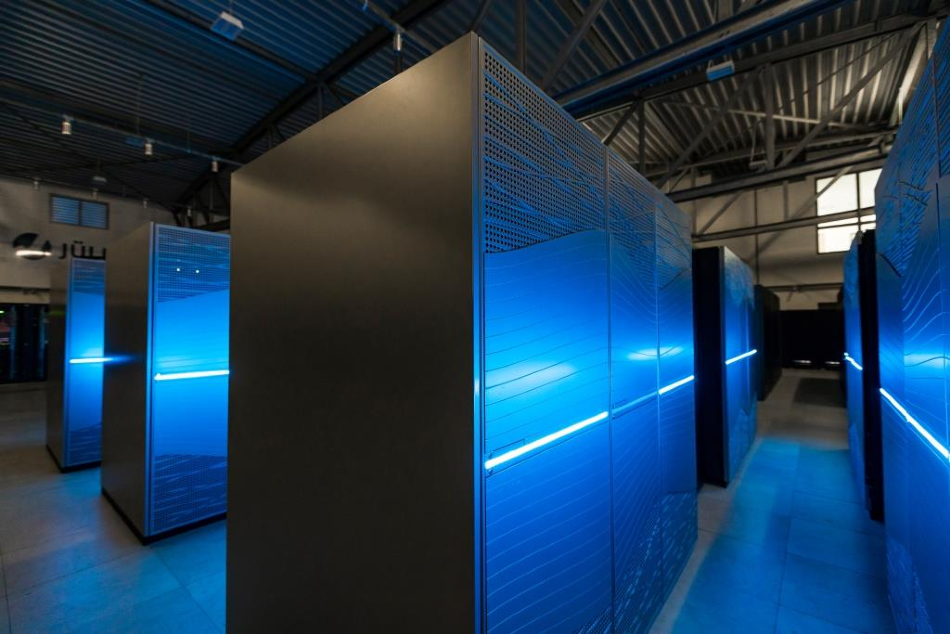Aug 17 2020
Mathematical simulation of several quantum materials has almost been impossible since it involves a much longer computing time.
 Intelligent mathematical tools for the simulation of spin systems reduce the computing time required on supercomputers. Some of the fastest supercomputers in the world are currently located at Forschungszentrum Jülich (shown here is JUWELS). Image Credit: © Forschungszentrum Jülich/Sascha Kreklau.
Intelligent mathematical tools for the simulation of spin systems reduce the computing time required on supercomputers. Some of the fastest supercomputers in the world are currently located at Forschungszentrum Jülich (shown here is JUWELS). Image Credit: © Forschungszentrum Jülich/Sascha Kreklau.
At present, a collaborative research group from Freie Universität Berlin and the Helmholtz-Zentrum Berlin (HZB) has developed a new technique to substantially decrease this computing time. The technique could speed up the development of materials for next-generation, energy-efficient information technologies.
Supercomputers across the globe work day and night on research problems. Theoretically, it is possible to simulate even novel materials on computers to estimate their thermal and magnetic properties, as well as their phase transitions. The quantum Monte Carlo method is the rule of thumb for modeling of this kind.
Wave-Particle Dualism
However, this method poses an inherent problem: since quantum systems exhibit physical wave-particle dualism, every particle in a solid-state compound exhibits not just particle-like properties such as mass and momentum, but also wave-like properties like phase.
Due to interference, the “waves” tend to get superposed on each other, amplifying (add) or canceling (subtract) each other locally. This renders the calculations highly complex. This is called the sign problem of the quantum Monte Carlo method.
Minimization of the Problem
The calculation of quantum material characteristics costs about one million hours of CPU on mainframe computers every day. This is a very considerable proportion of the total available computing time.
Jens Eisert, Professor and Head of Joint Research Group, Freie Universität Berlin and HZB
Along with his group, the theoretical physicist has now created a mathematical procedure that helps substantially reduce the computational cost of the sign problem.
We show that solid-state systems can be viewed from very different perspectives. The sign problem plays a different role in these different perspectives. It is then a matter of dealing with the solid-state system in such a way that the sign problem is minimised.
Dominik Hangleiter, Dahlem Center for Complex Quantum Systems, Freie Universität Berlin
Hangleiter is the first author of the study that has now been reported in Science Advances.
From Simple Spin Systems to More Complex Ones
In the case of simple solid-state systems that exhibit spins and form what are called Heisenberg ladders, this technique has allowed the researchers to significantly bring down the computational time for the sign problem. But the new mathematical tool can even be applied to more complex spin systems and exhibits the potential for faster calculation of their properties.
This provides us with a new method for accelerated development of materials with special spin properties.
Jens Eisert, Professor and Head of Joint Research Group, Freie Universität Berlin and HZB
Materials of these kinds could be applied to next-generation information technologies, which necessitate data to be processed and stored with substantially less energy usage.
Journal Reference:
Hangleiter, D., et al. (2020) Easing the Monte Carlo sign problem. Science Advances. doi.org/10.1126/sciadv.abb8341.